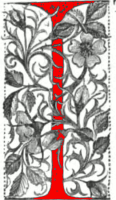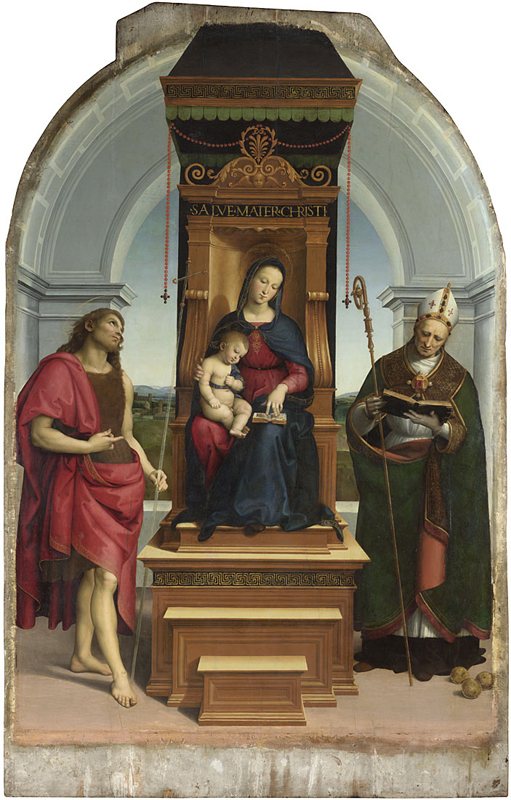

n February 1874 Prime Minister William Gladstone appointed Burton the third Director of the National Gallery in London. Burton was a friend of the previous director Sir William Boxall who had recommended him to Gladstone. Frederic Leighton also supported Burton’s application to become Director of the National Gallery. Burton was an excellent choice being known for his connoisseurship and sound judgment. In a letter of March 7, 1874 to F. M. Brown from D. G. Rossetti he writes: “I am glad to hear of Burton’s luck – besides he is the right man for the post I think” (Fredeman, 2006, letter 74.53, 418).
Burton gave up painting at this time to devote himself entirely to his role as director. He was the last director who wielded overriding decision making over the trustees with regard to purchasing paintings. This prerogative had been established by the Treasury Minute of 1855 that had vested the director with the sole authority to make acquisitions. After Burton’s retirement the Treasury issued the Rosebery Minute diminishing the director’s power where his vote henceforth would only hold equal weight with the trustees. The government’s concern had been that the type of curatorial practice exercised by the director did not necessarily align with that desired by the Treasury, by members of the art-world, or the needs of the public in general.



Left: The Ansidei Madonna. Raphael. Middle: The Virgin of the Rocks. Leonardo da Vinci Right: The Ambassadors by Hans Holbein the Younger. Click on images to enlarge them.
One complication for Burton on his appointment was that, rather than having an acquisitions fund at his disposal, each case for potential acquisition had to be argued on its individual merit. When Burton’s tenure began the gallery was in the middle of a seven-year suspension of its annual grant from the government that had begun in 1872 following huge expense of the purchase of the art collection of Sir Robert Peel. The annual grant was suspended again in 1885 after the purchase of two works from the Blenheim Palace collection at a cost of almost nine times the annual £10,000 grant. This suspension again led to the National Gallery having to petition the Treasury for special grants in order to fund purchases.

Venus and Mars by Sandro Botticelli.
Despite these problems Burton did well during his 20-year tenure as director. Between bequests, gifts, and purchases he added more than 450 works to the collection, including a number of masterpieces such as Leonardo da Vinci’s The Virgin of the Rocks, Sandro Botticelli’s Venus and Mars and The Mystic Nativity, Giorgione’s Adoration of the Kings, Raphael’s The Ansidei Madonna, Piero della Francesco’s The Nativity, Andrea Mantegna’s The Agony in the Garden, and Hans Holbein the Younger’s The Ambassadors. Burton pioneered the collecting of 14th-century Sienese painting with the acquisition of Duccio di Buoninsegna’s altarpiece of The Virgin and Child with Saints.
Burton was interested not only in the aesthetic qualities of works acquired by the gallery, but also their art historical importance and antiquarian interest for art students and scholars. Burton’s experience as both as a painter and a scholar obviously influenced his priorities for acquisitions for the gallery. In his acquisitions he was advised, not only by the National Gallery trustees, but also by dealers and connoisseurs like Giovanni Morelli and particularly by his friend Charles Fairfax Murray. Trustees who were particularly active during his tenure included Austen Henry Layard, William Henry Gregory, and George Howard. While Howard was generally supportive Burton’s ideas, he frequently clashed with the other two.
Under Burton’s tenure progress was also made on the arrangement, classification, and cataloguing of the collection. Burton grouped pictures in the gallery largely according to region and time period but he also “considered the formal qualities of the works when placing them in the hang so that the display became a visual sketchbook of iconography and style” (Greer 71). Burton rewrote and expanded the Gallery’s catalogue of the foreign schools in order to include as comprehensive and scholarly survey as possible, a project that took several years. During his years as director the gallery now remained open for the entire year with extended evening hours. In order to allow for members of the working class to visit the gallery, admission was reduced to the general public to sixpence on “Student days.”

Andrea Mantegna The Agony in the Garden>. Egg tempera on wood, 62.9 x 80 cm. National Gallery of Art, London. inventory no. NG1417.
Bibliography
Crowley, Claire Ed. Frederic William Burton For the Love of Art. Dublin: National Gallery of Ireland, 2017.
Bourke, Marie. “Frederic William Burton: An overview of his life.” In Frederic William Burton For the Love of Art. Dublin: National Gallery of Ireland, 2017, 14-27.
Greer, Elena. “Frederic William Burton as director of the National Gallery, London.” In Frederic William Burton For the Love of Art. Dublin: National Gallery of Ireland, 2017, 66-75. Greer, Elena J. “Frederic William Burton and the controversy of art-historical expertise at the National Gallery, London, in the late nineteenth century.” Journal of Art Histiography No. 18 (June 2018): 1-20.
Grigson, Geoffrey. William Allingham’s Diary. Fontwell, Sussex: Centaur Press Ltd., 1967.
Hodge, Anne. “The gilded beam on the humming-bird’s throat’: Burton’s portraiture.” In Frederic William Burton For the Love of Art. Dublin: National Gallery of Ireland, 2017, 36-47.
McLean, Janet. “Picturing Poetry – Burton and the Rossetti circle.” In Frederic William Burton For the Love of Art. Dublin: National Gallery of Ireland, 2017, 56-65.
Rossetti, Dante Gabriel. The Correspondence of Dante Gabriel Rossetti. The Last Decade 1873-1882. Ed. William E. Fredeman. Volume 6. Cambridge: D. S. Brewer, 2006.
Surtees, Virginia Ed. The Diaries of George Price Boyce. Norwich, Norfolk: Real World, 1980.
Surtees, Virginia Ed. The Diary of Ford Madox Brown. New Haven and London: Yale University Press, 1981.
Last modified 11 April 2022